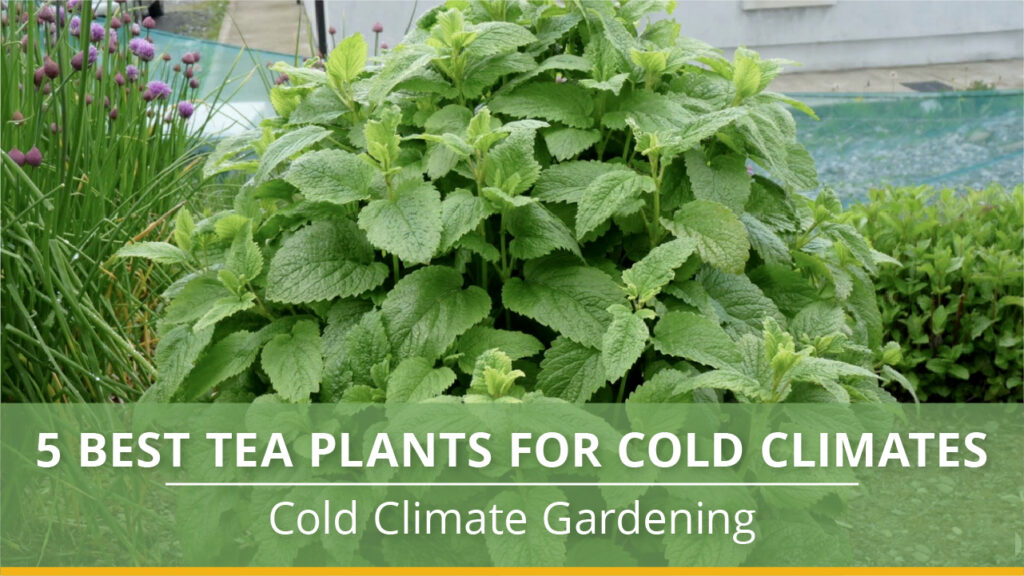On our homesteads, we’re always striving for a bit more self-reliance. With our annual garden and some fruit trees and berry bushes, we can have many of our vegetables and fruit covered. But we can take it a step further by growing our own tea. In this way, we continue to expand the products that we provide for ourselves, knocking yet another item off of our grocery store list.
In my video above, I talk with my friend and fellow permaculture practitioner, Jessica Peterson from Wild Willow Wellness, about her top 5 perennial plants that she grows for tea. While we can’t enjoy garden-grown green tea or a homegrown cup of Earl Grey, we do have a lot of options available to us. In this video, Jesse shares tea plants that not only have a great flavor but also have medicinal value. These would be great plants to add to a food forest and as we discuss, some of these plants have multiple functions.
Here is what she recommends:
- Elderflower
- Sea Buckthorn
- Lemon Balm
- Yarrow
- St. John’s Wort
Some of the plants that Jesse covers aren’t the typical ones you would expect either so you’ll definitely want to check out our conversation to learn more about the qualities and benefits of each. And stick around until the end when Jesse shares two of her tea blends, all made with ingredients that you can grow in a cold climate.


